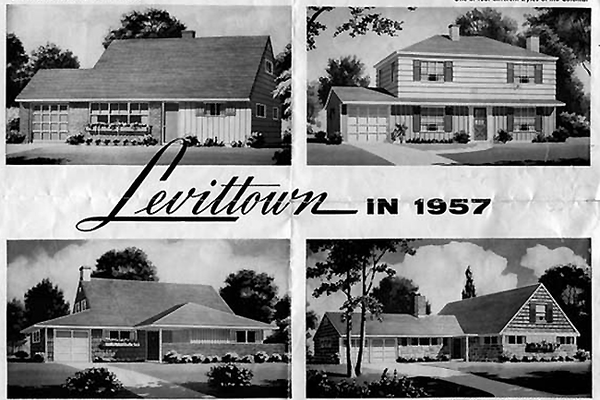*
A lot of my friends from Latin America and the Caribbean used to ask me why I stayed in the South. Many African American friends would ask the same.
My answer was always the same. What bubble are you living in, my friends? Have you forgotten about the Boston integration bus riots? Have you forgotten about the rampant unreported police brutality in New York for decades? Must I continue?
The one thing POCs know in the South is where they stand. People are cordial most of the times and those with racist proclivities don’t go out of their way as they do up North to mask it. In the South, one knows when one hopes your presence is short lived.
I can work with my neighbors and friends I know are racists. I do not know how to work effectively with those who I can only assume are likely so.
Levittown, PA and The “Northern Promised Land That Wasn’t” | History News Network
Northern racism, while often less violent than that of the South, was endemic. Palisades Amusement Park in Fort Lee, New Jersey barred Blacks from using its swimming pool into the 1950s. In Connecticut, a law permitting local and private control over Long Island Sound beaches kept the beaches racially segregated until the 1970s.
In February 1964, civil rights activists in New York City led a one-day school boycott to highlight their demands to desegregate the city’s schools and improve the conditions in schools predominantly attended by Black and Puerto Rican students. Almost half a million children stayed home from school. White New Yorkers opposed the boycott. In a September 1964 New York Times poll, a majority of White New Yorkers “believed the Negro civil rights movement had gone too far.”
In Levittown, Pennsylvania Northern racism escalated to the hateful and more overt levels of Southern white behavior towards Blacks. Taking advantage of federally subsidized mortgages for World War II veterans, Levitt & Sons built suburban Levittowns in New York, Pennsylvania, and New Jersey that barred African Americans. Clause 25 of the original lease for the Levitt houses, stated that the houses could not “be used or occupied by any person other than members of the Caucasian race.” Although the company was forced to remove the clause after the 1948 Shelly vs. Kraemer Supreme Court Case, the Levitts continued to use extra-legal means to keep the developments racially segregated. William J. Levitt denied having any anti-Black bias, but claimed “I have come to know that if we sell one house to a Negro family, then 90 to 95 per cent of our white customers will not buy into the community. That is their attitude, not ours.”
Source: Levittown, PA and The “Northern Promised Land That Wasn’t” | History News Network
Viewers are encouraged to subscribe and join the conversation for more insightful commentary and to support progressive messages. Together, we can populate the internet with progressive messages that represent the true aspirations of most Americans.

I’m a regular reader, total white guy, so that’s settled.
I was in line at a print shop in Pasadena (California) the other day. Struck up a conversation with a friendly black guy originally from North Carolina. He was quite enthusiastic about California, at least the coastal parts I suppose.
He said he was trying to get his orther family member to move out. He said there were just a lot less problems, with all the different races mixing around it was just better. He said that back in Carolina it was always black – white and that it was really hard to break out of the pattern.
I wouldn’t want to paint too fine a picture of it, we’ve got plenty of tiki torch MAGA white guys here too. But I took the man at his word that it was less bad here than there. And God knows Boston is still a pretty racist and insular town, from stories I’ve heard.
http://apps.bostonglobe.com/spotlight/boston-racism-image-reality/series/image/
The latest Spotlight series from Boston Globe is about this exact topic.